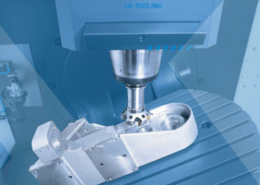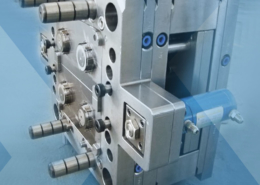
Exploring the Dynamic Relationship Between Mold and Plastic: Revolutionizing Man
Author:gly Date: 2024-06-08
The interplay between mold and plastic represents a cornerstone in the realm of manufacturing, driving the production of a myriad of products that shape our daily lives. From intricate automotive components to household appliances, the synergy between mold and plastic has transformed industries worldwide. This article aims to delve into the intricate relationship between mold and plastic, offering insights into their mechanisms, applications, and implications for the manufacturing industry.
Unveiling the Mechanisms of Mold and Plastic
The Role of Mold in Plastic Manufacturing
Molds serve as the backbone of plastic manufacturing, providing the framework and shape for the final product. These precision-engineered tools are crafted to exact specifications, allowing for the mass production of components with consistency and accuracy. Whether it's injection molding, blow molding, or extrusion molding, molds play a pivotal role in shaping the plastic manufacturing process.
The Versatility of Plastic
Plastic, with its inherent flexibility and adaptability, offers endless possibilities for design and innovation. From thermoplastics to thermosets, the diverse range of plastic materials caters to a multitude of applications across various industries. The ability to mold and shape plastic into complex geometries makes it indispensable in modern manufacturing.
The Interaction Between Mold and Plastic
The interaction between mold and plastic is a delicate dance of precision and control. During the molding process, molten plastic is injected or poured into the mold cavity, where it takes on the shape and form of the mold. The design of the mold, along with factors such as temperature, pressure, and cooling rate, influences the quality and characteristics of the final product.
Applications of Mold and Plastic
Automotive Industry
In the automotive sector, mold and plastic play a crucial role in the production of interior and exterior components, such as dashboards, bumpers, and trim panels. Plastic materials offer lightweight, durable solutions that contribute to fuel efficiency and vehicle performance, while molds enable the efficient mass production of complex parts.
Consumer Electronics
Consumer electronics rely heavily on mold and plastic for the production of devices such as smartphones, laptops, and home appliances. The use of plastic materials allows for sleek, lightweight designs, while molds enable the precise replication of intricate features and details. This combination of mold and plastic facilitates the production of high-quality, aesthetically pleasing products.
Medical Devices
In the medical field, mold and plastic are instrumental in the manufacture of devices ranging from syringes and IV components to prosthetics and surgical instruments. Plastic materials offer biocompatibility, sterilizability, and flexibility, making them ideal for medical applications. Molds ensure the precise fabrication of intricate medical devices that meet strict regulatory standards for safety and performance.
Innovations and Future Directions
Advanced Materials and Additive Manufacturing
Ongoing research and development efforts are focused on exploring advanced materials and additive manufacturing techniques for mold and plastic applications. From bio-based polymers to 3D printing technologies, these innovations promise to enhance the performance, sustainability, and efficiency of plastic manufacturing processes.
Industry 4.0 Integration
The integration of Industry 4.0 technologies, such as automation, artificial intelligence, and IoT, is revolutionizing the mold and plastic industry. Smart manufacturing systems enable real-time monitoring, predictive maintenance, and adaptive process control, resulting in improved efficiency, quality, and cost-effectiveness.
Conclusion
In conclusion, the symbiotic relationship between mold and plastic lies at the heart of modern manufacturing, driving innovation, efficiency, and sustainability. By understanding the mechanisms, applications, and future directions of mold and plastic, manufacturers can harness their full potential to meet the evolving needs of consumers and industries. As technology continues to advance and materials science progresses, the synergy between mold and plastic will continue to shape the future of manufacturing, paving the way for new possibilities and advancements.
GETTING A QUOTE WITH LK-MOULD IS FREE AND SIMPLE.
FIND MORE OF OUR SERVICES:

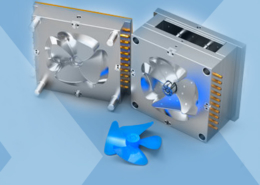
Plastic Molding
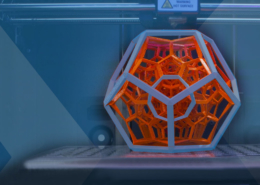
Rapid Prototyping
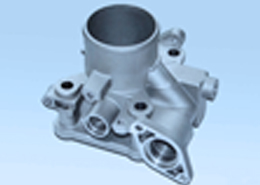
Pressure Die Casting
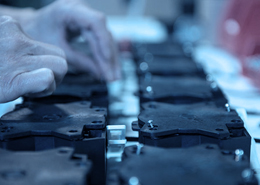
Parts Assembly
